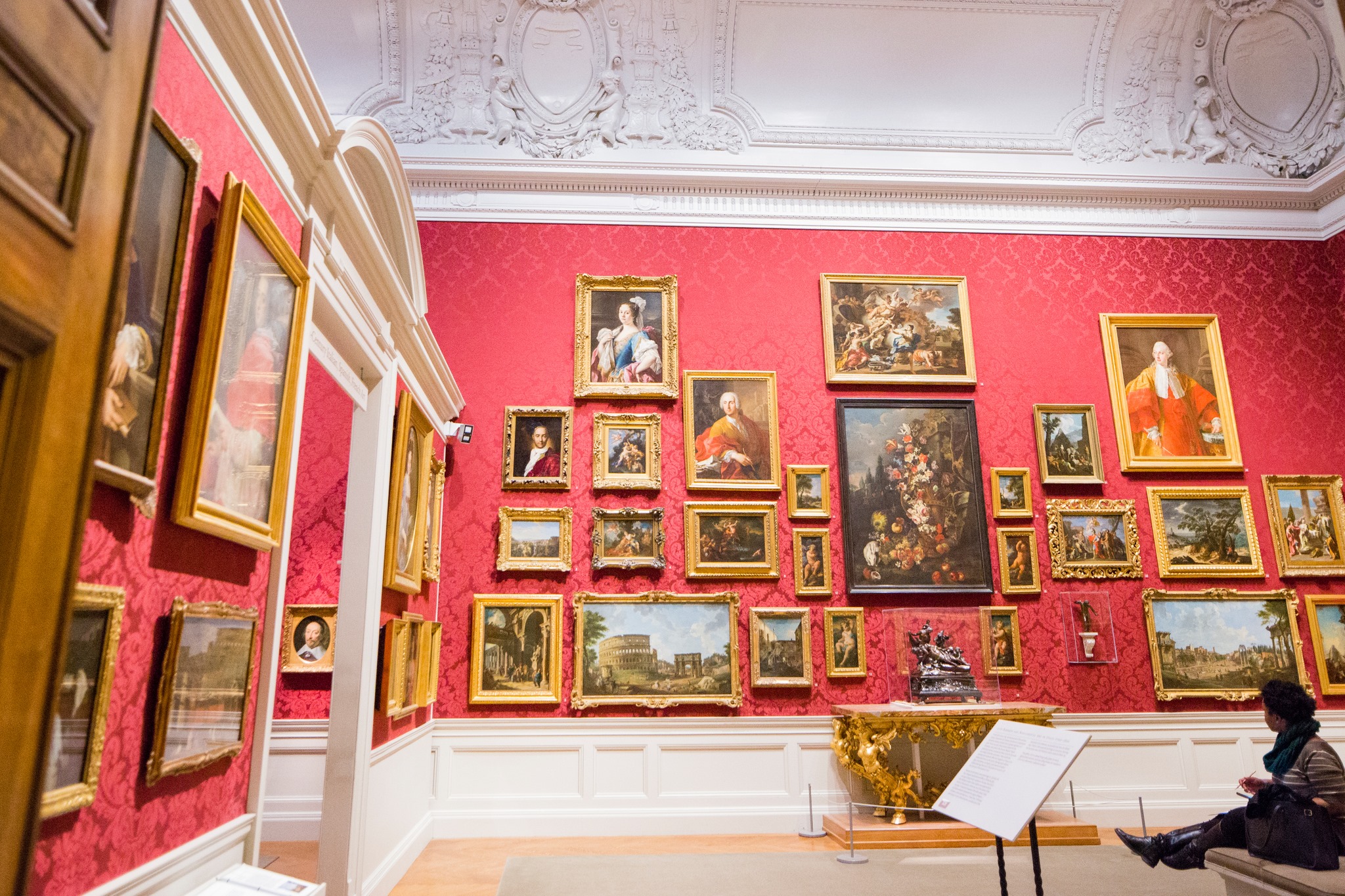ImpactAlpha, Dec. 3 – Universities, private foundations and even large nonprofits have deployed hundreds of billions of dollars into ESG, impact and community-based investment strategies. In contrast, America’s art institutions have been slow to shift their $58 billion in endowments assets.
That is changing, sparked by the COVID crisis and this year’s Black Lives Matter protests, as well as a stronger track record for both ESG and impact strategies.
The Walters Art Museum in Baltimore, for example, is deploying more of its $170 million endowment to socially responsible and impact investments, five years after moving to intentionally hire diverse-owned investment firms to manage a portion of its assets.
“We’re at the forefront of social justice issues and on the economic precipice here in Baltimore,” the museum’s Julia Marciari-Alexander told ImpactAlpha. “To be a transformative force for good in the city, this is exactly the kind of work that we need to be doing.
Cultural institutions that seek to drive social change through exhibitions, concerts, productions and classes are getting more comfortable deploying endowment assets as well. The new commitments and strategies are chronicled in “What cultural institutions need to know about investing for values and mission,” from Upstart Co-Lab. “The cultural sector is open to this in a way that has never been before,” Upstart’s Laura Callanan told ImpactAlpha.
The Andy Warhol Foundation for the Visual Arts has moved 25% of its $300 million endowment to socially-responsible strategies.
Souls Grown Deep, with one of the largest collections of art by African American artists in the U.S. south, has adopted a 100% for impact investing policy (see, “Souls Grown Deep Foundation to invest $1 million in artists’ hometowns in the U.S. south”).
The Louvre Museum has carved out 5% of its €250 million endowment fund for investments in creative businesses.
In Baltimore, Walters is looking to deploy capital locally through community development finance institutions, Opportunity Zone funds and other place-based investment strategies. The museum’s diverse-manager allocation has grown from 10 to 15% and it is adding managers that integrate environmental or social governance, or ESG, criteria.
A broader awareness of the need for systemic change is easing the transition, says Michelle RhodesBrown, who joined Walters from Black- and women-led investment firm Holland Capital Management. “It is easier to have an open conversation about what needs to happen and what part we need to play in improving it.”











